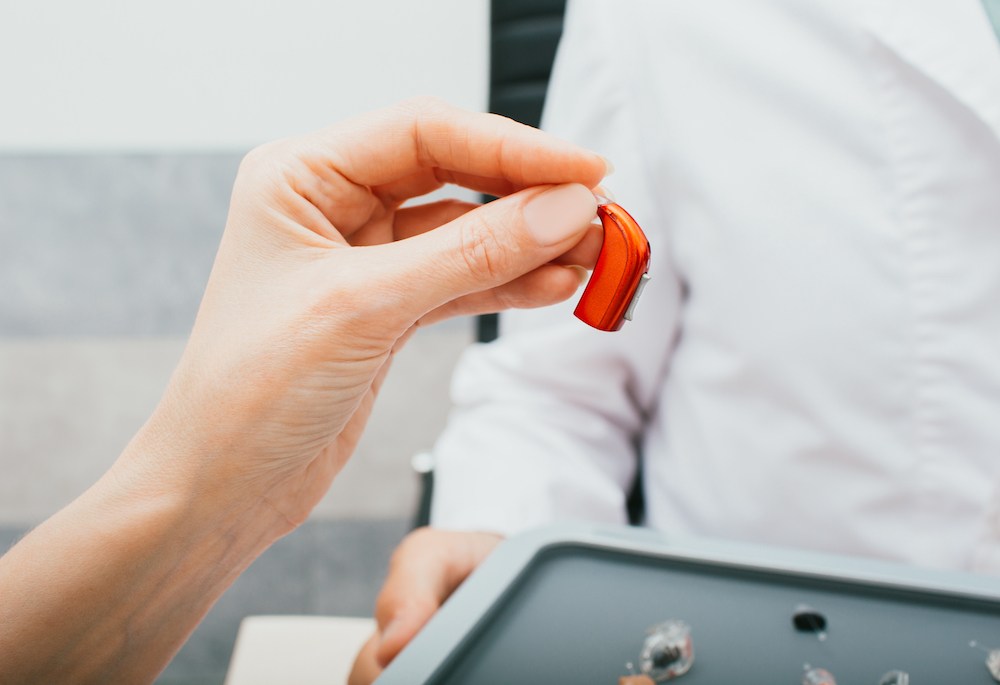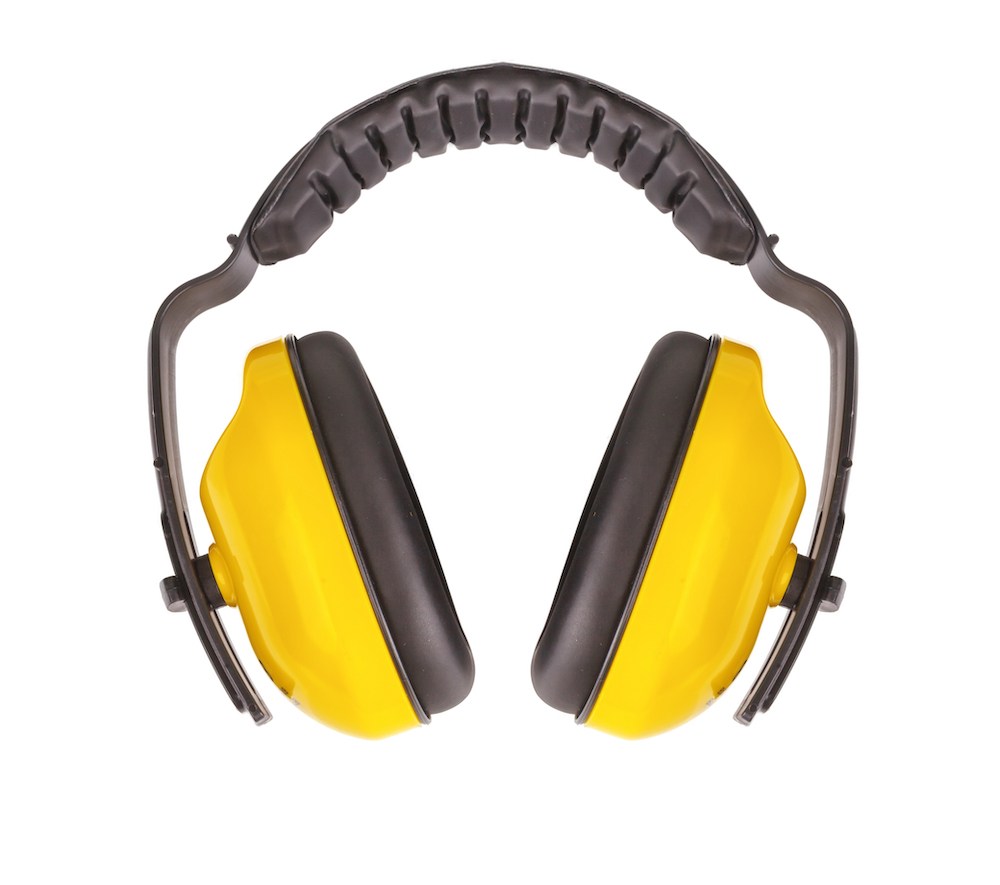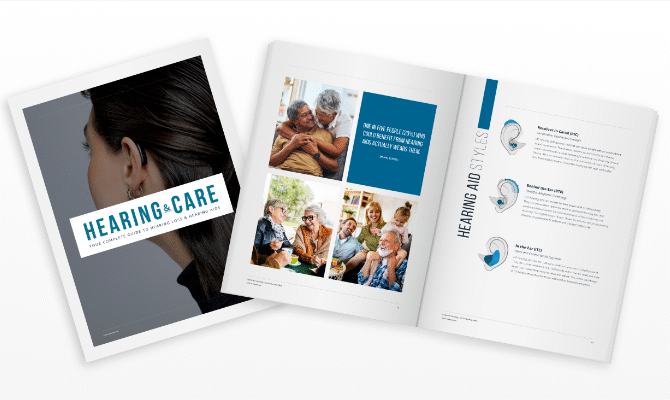The Impact of 5G on Hearing Aid Technology
As 5G networks continue to roll out across the country, you’ve

By: admin | October 20, 2025
As 5G networks continue to roll out across the country, you’ve probably noticed faster speeds on your phone and heard about improved connectivity for various devices. But if you wear hearing aids, you might be wondering how this shift in wireless technology affects the small devices you rely on every day. Hearing aids have become increasingly connected over the past few years, often pairing with smartphones, streaming audio directly and even adjusting automatically based on your environment.
The relationship between 5G and hearing aids isn’t something that requires immediate action or concern, but it is worth paying attention to as you think about your current devices or consider future upgrades. Some people worry that new wireless networks might cause interference or disrupt their hearing aids, while others are curious whether 5G could actually improve connectivity and streaming quality. The reality is that hearing aid manufacturers are aware of these changes and are designing devices with modern wireless environments in mind.
Have you noticed how easily your hearing aids connect to your phone or TV? With 5G technology, these connections are becoming even faster and more dependable.
5G networks provide stronger and more stable wireless signals, which means fewer delays and dropped connections when you stream music or make phone calls. The technology also supports more devices at once, so your hearing aids can work smoothly alongside smart home systems or health apps. This can make daily tasks easier and help you stay connected with friends and family.
Wireless networks allow devices to communicate with each other without the need for cords or physical connections. 5G is the latest generation of these networks, building on the technology of older systems like 4G and 3G. It delivers faster speeds, lower latency and more reliable connections, which means data moves more quickly and consistently across your devices.
The way 5G works involves a combination of new radio frequencies, advanced antennas and improved network infrastructure. These components allow the network to handle a large number of devices at the same time without slowing down. Unlike previous networks, 5G can support higher amounts of data and maintain strong connections even in busy areas, making wireless communication smoother and more consistent.
Another key feature of 5G is its low latency, which is the time it takes for a signal to travel from one device to another. Low latency ensures that communications happen almost instantly, improving the performance of streaming, video calls and other real-time applications. The combination of faster speeds, reliable connections and low latency makes 5G a significant step forward in how devices communicate wirelessly.
Finally, 5G networks are designed to be more flexible and efficient. They use technologies like small cell networks and beamforming to focus signals where they are needed most, improving coverage and reducing interference. This approach allows the network to manage more connections simultaneously and deliver consistent performance across a variety of environments, from crowded city streets to suburban neighbourhoods.
Today’s hearing aids use wireless technology to connect with your favourite devices, like smartphones, tablets and televisions. This makes it easier to hear calls, music or TV shows directly through your hearing aids.
Bluetooth is the most common method for wireless connection. Once your hearing aids and devices are paired, sound streams directly to your ears without extra cords or attachments. Many hearing aids also work with special apps, letting you adjust settings or volume right from your phone for greater control over your hearing experience.
Hearing aid technology has come a long way over the years, evolving from simple, bulky devices to sleek, highly sophisticated tools. Early hearing aids were primarily analog, meaning they amplified all sounds equally. While these devices could make voices louder, they often increased background noise as well, which made listening in busy environments challenging.
The shift to digital technology marked a major turning point. Digital hearing aids can process sounds selectively, amplifying speech while reducing unwanted background noise. This change allowed users to follow conversations more easily in restaurants, meetings or other noisy settings. Digital devices also introduced features like automatic volume adjustments and memory settings for different environments, making them more adaptable to daily life.
In recent years, connectivity has become a key focus in hearing aid design. Modern devices can link directly to smartphones, televisions and other digital devices, allowing users to stream audio or adjust settings through apps. Advances in battery technology, including rechargeable options, have made daily use more convenient, while improved microphones and processors have enhanced sound clarity and directionality.
Today’s hearing aids also offer a wide range of styles to suit individual preferences and needs. Behind-the-ear, in-the-ear and receiver-in-canal devices provide choices for comfort, visibility and performance. These innovations demonstrate how far the technology has come, offering solutions that not only support better hearing but also integrate seamlessly into people’s everyday routines.
Some people are concerned that 5G signals might cause hearing aids to malfunction or pick up unwanted noise. Research shows that 5G networks and hearing aids operate on different frequencies, so they do not interfere with each other. Hearing aids are also tested to meet strict safety standards before reaching you.
Wireless technology in hearing aids is designed to block out interference from signals like Wi-Fi, Bluetooth and now 5G. This means your hearing aids will continue to work well as new technology becomes available. It is normal to feel uncertain when new technology is introduced, but knowing that hearing aids are built to handle these changes can help you use them with confidence.
With 5G technology, wireless connections for hearing aids can become much stronger and more stable. This results in clearer sound when streaming music, making phone calls or connecting to other devices.
Stronger wireless connections help reduce delays and interruptions, making daily tasks feel smoother and less frustrating. These improvements support your ability to stay connected with family and friends and may allow hearing aids to work better with smart home devices and health apps.
Bluetooth is a key feature in many modern hearing aids because it allows your devices to connect wirelessly. You can stream phone calls, music or TV audio straight to your hearing aids without extra equipment.
Bluetooth makes using hearing aids more convenient and flexible. You can control volume or change settings right from your smartphone, making it easier to adjust sound for different situations. Bluetooth also helps reduce background noise during calls and streaming, giving you clearer sound and a better listening experience.
Faster data transfer with 5G technology means your hearing aids can receive sounds and information more quickly from your phone, TV or other devices. This helps make conversations clearer and streaming music or calls smoother, with less delay or interruption.
When your hearing aids get information faster, they can adjust more quickly to changes in your environment, like moving from a quiet room to a noisy street. This allows for a more natural listening experience and helps you keep up with what’s happening around you.
Support for your hearing aids is becoming easier with the help of 5G networks. Many hearing aid brands now offer remote support, which lets your hearing specialist adjust your settings without you needing to visit the clinic in person. This can be done through a secure app on your smartphone or tablet.
With 5G, these remote adjustments happen quickly and smoothly because of faster and more reliable connections. You can get updates or changes to your hearing aids almost right away, which means less waiting and fewer trips out of your day.
This kind of support is especially helpful if you have a busy schedule or live far from the clinic. Knowing how 5G makes remote care possible can help you feel more comfortable using new technology to manage your hearing health.
When hearing aids use advanced wireless features like Bluetooth and 5G connectivity, they may use more battery power than basic models.
Streaming music, phone calls or other audio directly to your hearing aids can cause the batteries to drain faster, which means you might need to change or recharge them more often. Understanding how wireless features affect battery life can help you plan ahead and avoid unexpected interruptions during your day.
As new wireless technology becomes more common, some people may notice small changes in how their hearing aids work. Most of these changes are minor but still important to understand. Possible issues with new wireless environments can include:
Some hearing aids may need software updates to work well with the latest wireless systems. New environments may also mean learning how to use new features or settings on your hearing aids. Staying informed about changes in technology helps you get the best performance from your devices.
When choosing hearing aids that work well with modern networks like 5G, look for models that support the latest wireless features and are labelled as compatible with Bluetooth or direct streaming.
Check if the hearing aids can connect to your smartphone, tablet or smart TV without extra accessories. Reading the product information and asking about wireless compatibility can help you find a device that fits your needs. Newer hearing aids often receive software updates, which allow them to keep working smoothly as technology changes.
Staying informed about the impact of 5G on hearing aid technology helps you make the most of your devices and enjoy new features with confidence. As wireless networks continue to evolve, hearing aids are designed to keep up by offering better connectivity, clearer sound and more ways to connect with your favourite devices. If you have questions about how 5G might affect your current hearing aids or are considering an upgrade to take advantage of these advancements, our team is here to help.
For more information about hearing aids and the latest wireless technology, contact the Hearing Well Matters’ team in Burlington, ON at (647) 247-2704. We are ready to help you understand your options and ensure your hearing aids work their best in today’s connected world.
Tags: hearing aid features, hearing aid styles, hearing aid technology

As 5G networks continue to roll out across the country, you’ve
By: admin | October 20, 2025

Whether you’re mowing the lawn, attending a concert or working in a
By: admin | July 29, 2025

Hearing aids have evolved from basic amplification devices to
By: admin | June 20, 2025



